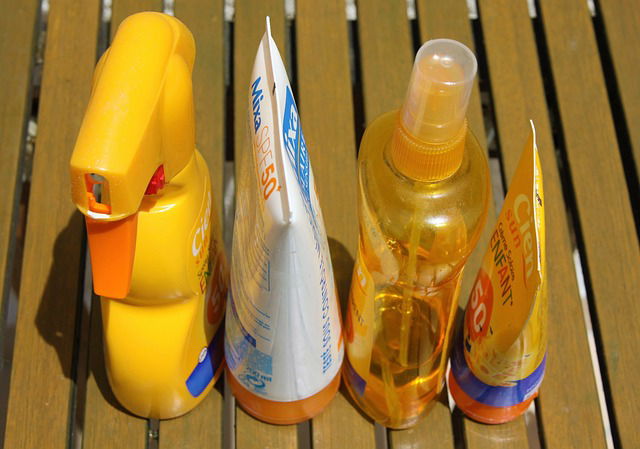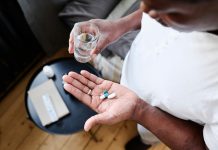
Picking the right sunscreen at the store can be trickier than it seems.
A recent study by Northwestern Medicine discovered that a lot of people get confused by sunscreen labels and what they mean.
In the study, only 43 percent of people understood what SPF, or Sun Protection Factor, really means. Even more surprising, just seven percent knew what to look for if they wanted a sunscreen that helps protect against signs of early skin aging.
The findings of the study were shared in a scientific journal called JAMA Dermatology.
Dr. Roopal Kundu, the lead author of the study, said, “We need to do a better job of educating people about sun protection and make it easier for them to understand labels.” Dr. Kundu is a dermatologist at Northwestern University Feinberg School of Medicine and Northwestern Memorial Hospital.
Sunscreen with SPF protects our skin from UV-B rays, which are the main culprit behind sunburns. But, both UV-A and UV-B rays can speed up skin aging and even lead to skin cancers.
That’s why, in 2011, the Food and Drug Administration emphasized the need for ‘broad spectrum protection’ on sunscreen labels – this means the sunscreen protects against both UV-A and UV-B rays.
According to Dr. Kundu, “We recommend you buy a sunscreen lotion labeled ‘broad spectrum protection’ — which helps to protect against both types of UV rays — with an SPF of 30 or higher that is also water resistant. SPF 30 blocks 97 percent of the UVB radiation.
But, you need to reapply it every two hours, using about a shot glass full of lotion over your exposed skin, for the best results.”
The study included a survey of 114 people at the Northwestern Medicine dermatology clinic in the summer of 2014.
Most of them wore sunscreen mainly to prevent sunburn and skin cancer, and the biggest factors influencing their choice of sunscreen were the highest SPF value, whether it was suitable for sensitive skin, and if it was water and sweat resistant.
A common misconception was that the higher the SPF, the better the protection. However, Dr. Kundu clarified, “Just because you buy SPF 100 doesn’t mean you are 100 percent protected. Staying out of the sun is the only way to guarantee 100 percent protection.”
The survey revealed that many people found it hard to understand sunscreen labels. Only a small percentage could correctly identify terminology related to skin cancer protection, sunburn protection, or protection against early skin aging.
Interestingly, when shown a sunscreen label with UV-A protection shown as a star rating and UV-B protection as an SPF value, about 80% and 90% of people could correctly identify UV-A and UV-B protection respectively. This suggests that a new labeling approach could help improve understanding.
So, the next time you’re shopping for sunscreen, remember it’s not just about the highest SPF number. Look for broad-spectrum protection and make sure to reapply it regularly for the best protection against the sun’s harmful rays!



